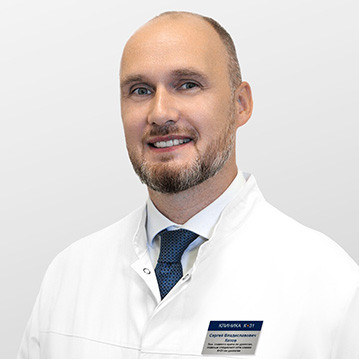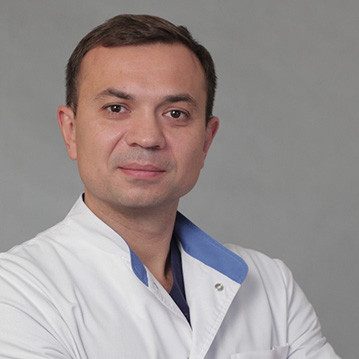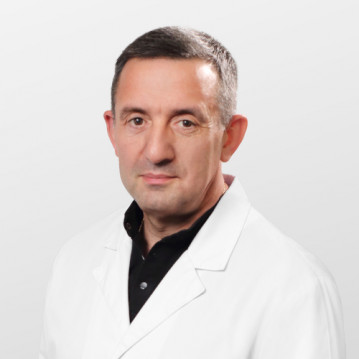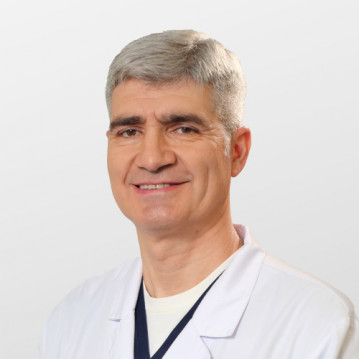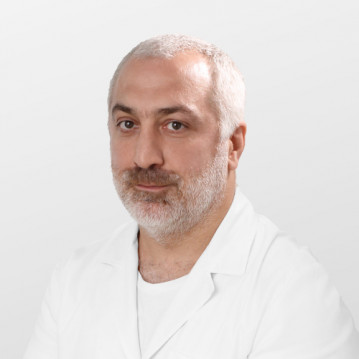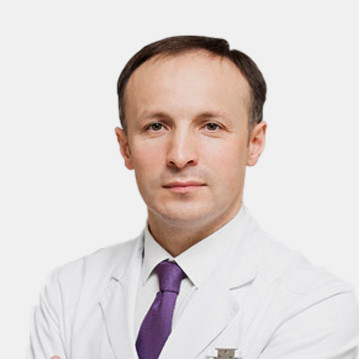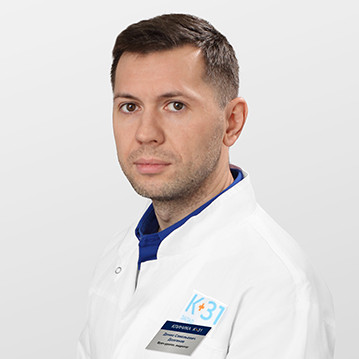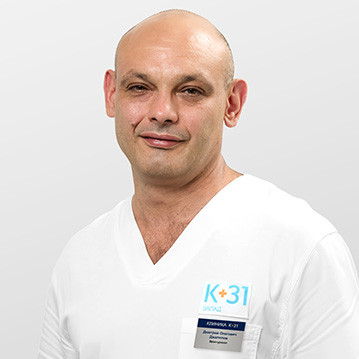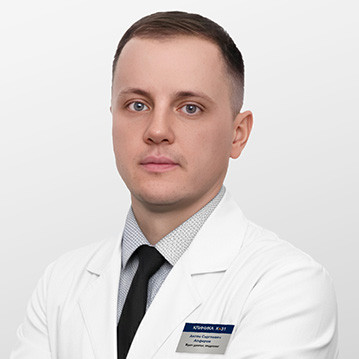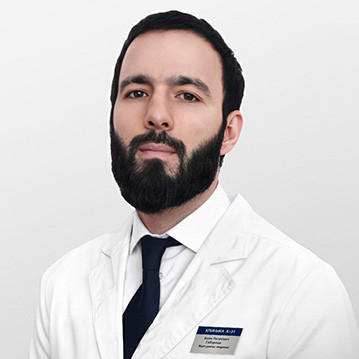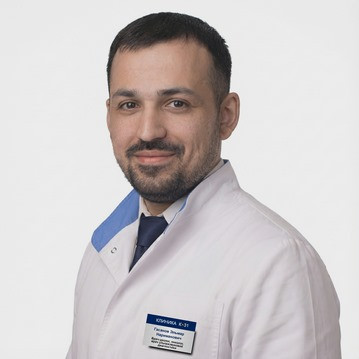The diverticulum of the bladder is a protrusion of its wall, which forms an additional saccular cavity. This compartment communicates with the main part of the organ through the fistula (neck). Small diverticula do not manifest themselves for a long time and do not disrupt the process of urination, so the patient may not even be aware that there is a problem. However, the disease is associated with an increased risk of urolithiasis and other pathologies, and therefore requires the close attention of doctors.
Causes of development and types of diverticula
Pathologies are divided into true and false. True diverticula are congenital anomalies that are caused by intrauterine development disorders. In such a situation, protrusion of all layers of the bladder wall occurs, so the formed additional pocket contains the mucous and muscular membranes. With combined malformations, ureteral diverticula can also form.
The frequency of congenital anomalies of the bladder is quite high - about 1.7% in the population. Not all of them are diagnosed in time, since pathologies can be asymptomatic for decades.
The second group includes false diverticula of the bladder - such a formation is formed at any age under the influence of increased pressure inside the bladder. First, hypertrophy of the muscular membrane occurs, after which its individual fibers diverge, and the mucous membrane protrudes between them. The cause of the pathology is chronic retention of urine outflow associated with such diseases:
- prostate adenoma and prostate cancer in men;
- Hypertrophy of the seminiferous tubercle in men;
- consequences of bladder injuries;
- stenosis of the urethra (urethra);
- congenital valves of the urethra;
- Tumors of the urethra and adjacent anatomical structures of the small pelvis.
Most often, a pathological protrusion appears in the area of \u200b\u200bthe back or side wall of the organ. Formation of diverticula of the top and bottom of the bladder is a rare occurrence. In most patients, a single formation is determined, and when multiple cavities are formed, a disease called diverticulosis is diagnosed.
Symptoms of the disease
When there is a violation of the normal outflow of urine, dysuric manifestations occur. A characteristic symptom of pathology is two-stage urination. First, the main cavity of the bladder is emptied, after which the rest of the urine from the diverticulum enters the organ. Many patients experience a feeling of incomplete emptying of the bladder, the need to strain to maintain a normal stream of urine.
In the complicated course of bladder diverticulosis, additional symptoms appear:
- cloudy and foul-smelling urine;
- blood in the urine;
- pain in the lower abdomen when urinating;
- difficulty in the outflow of urine.
Long-term dysuric phenomena are fraught with reverse reflux (reflux) of urine from the bladder into the ureter. In such patients, an ascending type of infection occurs, which begins with cystitis and reaches the pyelocaliceal system of the kidney, causing pyelonephritis.
Stagnation of urine in the true and pseudodiverticula of the bladder contributes to the crystallization of salts and the formation of calculi. With concomitant metabolic disorders and a decrease in the excretory function of the kidneys, urolithiasis develops.
Diagnostic methods
In case of urination disorders, the patient needs to consult a urologist. At the initial appointment, the doctor clarifies complaints, examines the medical history, palpates the abdomen and lower back to determine the physical signs of diseases of the genitourinary system.
The most accessible method of instrumental visualization is ultrasound. The diverticulum of the bladder on ultrasound looks like a rounded protrusion that communicates with the main cavity. The doctor pays attention to the size and location of the formation, the condition of its neck, the relationship with surrounding tissues and organs. With echosonography, stones, inflammation and other typical complications can be determined.
In addition to ultrasound, they can prescribe:
- cystoscopy - an endoscopic examination that allows you to examine the internal structure of the diverticulum, determine the signs of a trabecular bladder and other associated pathologies;
- cystography - X-ray contrast examination of the vesical cavity, which provides clear pictures of the diverticulum;
- CT or MRI in the pelvic organs is a highly informative diagnosis, which is performed when a tumor is suspected as the cause of the formation of a false diverticulum.
Laboratory data are important. All patients undergo a general urinalysis and bakposev to rule out infectious complications. If renal pathology is suspected, a study of the concentration function of the kidneys is performed according to a daily urine test.
